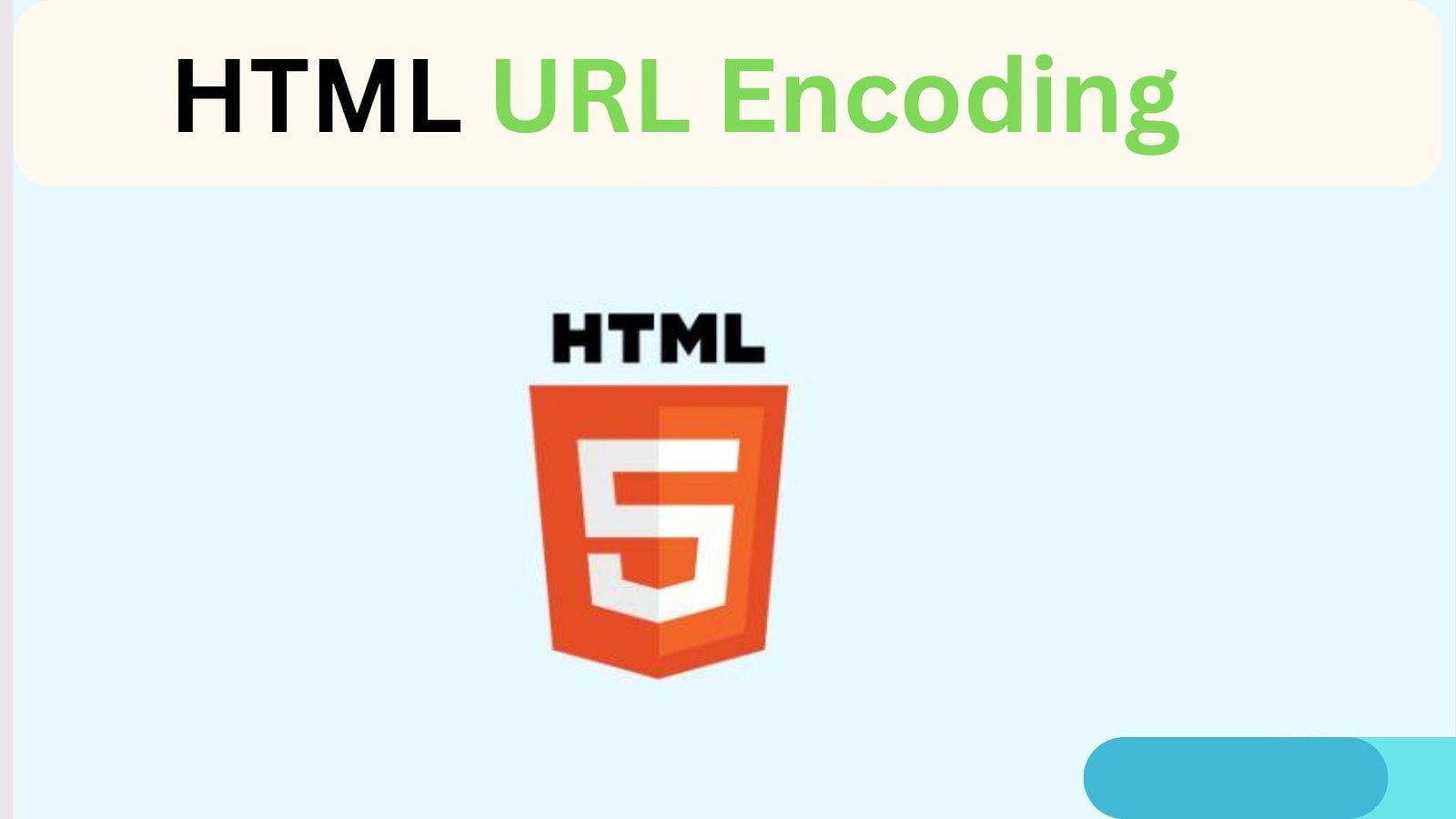HTML Tutorial
- HTML HOME
- HTML Introduction
- HTML Editors
- HTML Basics
- HTML Comments
- HTML Elements
- HTML Attributes
- HTML Headings
- HTML Paragraphs
- HTML Styles
- HTML Text Formatting
- HTML Quotations
- HTML Colors
- HTML Links
- HTML Images
- HTML Favicons: How to Add and Optimize for All Browsers
- HTML Page Title: How to Optimize Titles for SEO Success
- HTML Tables: Create & Optimize for Better Web Design | Codeezy
- HTML Lists: Types, Examples & SEO Tips for Better Structure
- HTML Block and Inline Elements
- HTML Iframes
- HTML File Paths
- HTML Layout
- HTML Computer Code Elements
- HTML Semantics
- HTML5 Semantics
- HTML Entities
- HTML Symbols
- HTML Emojis
- HTML Charsets
HTML URL Encoding: An Essential Guide for Web Developers

HTML URL encoding is a method used to encode special characters in URLs so they can be safely transmitted over the internet. When creating web applications or embedding links, understanding URL encoding is crucial to ensuring your URLs work correctly and efficiently.
What is URL Encoding?
URL encoding, also known as percent encoding, replaces unsafe ASCII characters in URLs with a “%” followed by two hexadecimal digits representing the character’s ASCII code. This process allows characters that are not allowed in URLs or have special meanings to be included safely.
For example, the space character (” “) is encoded as %20, and a colon (“:”) is encoded as %3A.
Why URL Encoding is Important
URLs can only be transmitted over the internet using the ASCII character set. Characters such as spaces, punctuation marks, or non-ASCII characters need to be encoded so that they don’t interfere with the URL’s structure or be misinterpreted by web browsers and servers.
Common Characters and Their Encodings
Here are some common characters and their URL-encoded equivalents:
| Character | Encoded Equivalent |
|---|---|
| Space | %20 |
| ” ” (double quote) | %22 |
# | %23 |
% | %25 |
& | %26 |
+ | %2B |
/ | %2F |
: | %3A |
? | %3F |
@ | %40 |
How to Encode URLs in HTML
In HTML, URL encoding can be done manually or through various programming languages. Here’s an example of a simple HTML page where a URL with spaces and special characters is encoded.
<!DOCTYPE html>
<html lang="en">
<head>
<meta charset="UTF-8">
<meta name="viewport" content="width=device-width, initial-scale=1.0">
<title>URL Encoding Example</title>
</head>
<body>
<h1>HTML URL Encoding Example</h1>
<p>Here is an encoded URL that includes spaces and special characters:</p>
<a href="https://www.codeezy.com/search?q=HTML%20URL%20Encoding%26type=examples">Search for URL Encoding</a>
</body>
</html>
Decoding URLs
Just as URLs can be encoded, they can also be decoded back into their original form. This is particularly useful when you need to display user-friendly URLs in your application. Decoding can be done in various programming languages, or even using online tools.
Practical Tips for Using URL Encoding
- Encode Special Characters: Always encode special characters in URLs to avoid errors and ensure that the URLs work as intended.
- Use UTF-8 Encoding: Ensure your web pages are set to use UTF-8 encoding, as this is the standard and most widely supported character set.
- Be Cautious with Spaces: Instead of using
%20for spaces, consider using+when passing URLs as query strings.
Conclusion
Understanding and using URL encoding is essential for anyone involved in web development. By encoding URLs correctly, you can ensure that your web applications run smoothly and your links work as intended across all browsers and devices.
Thank You for Visiting Codeezy.org!
We’re thrilled to have you as part of our coding community. Your engagement and support inspire us to continue providing high-quality resources and tools to enhance your web development journey. Whether you’re a beginner or an experienced coder, we hope you found valuable insights and tools here at Codeezy.
Stay connected for more tips, tutorials, and updates to help you code with ease. Thank you for choosing Codeezy.org—your growth as a developer is our motivation!
Happy coding!
